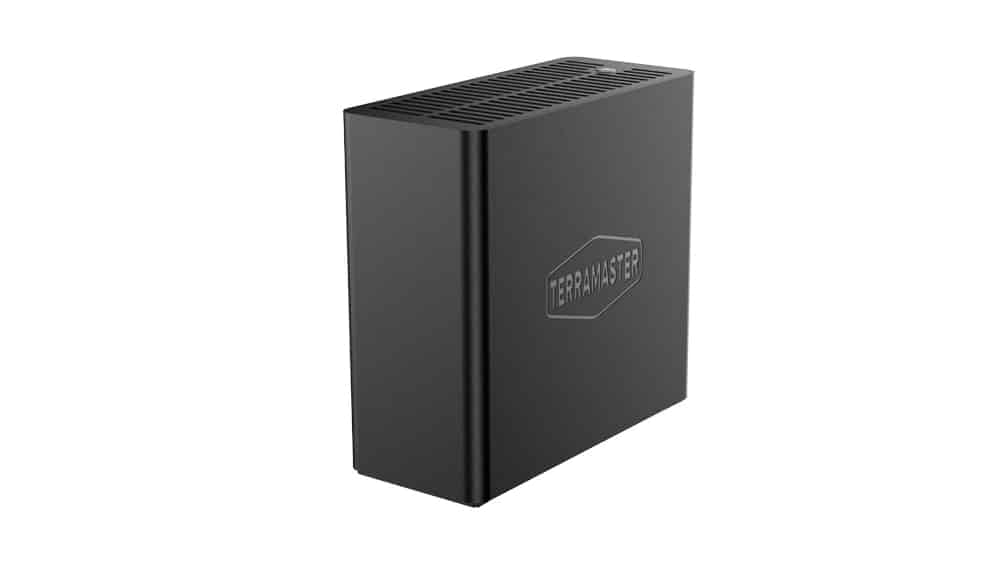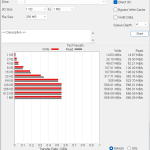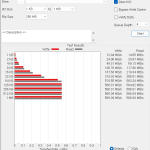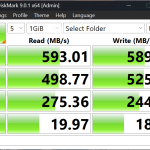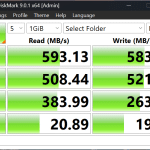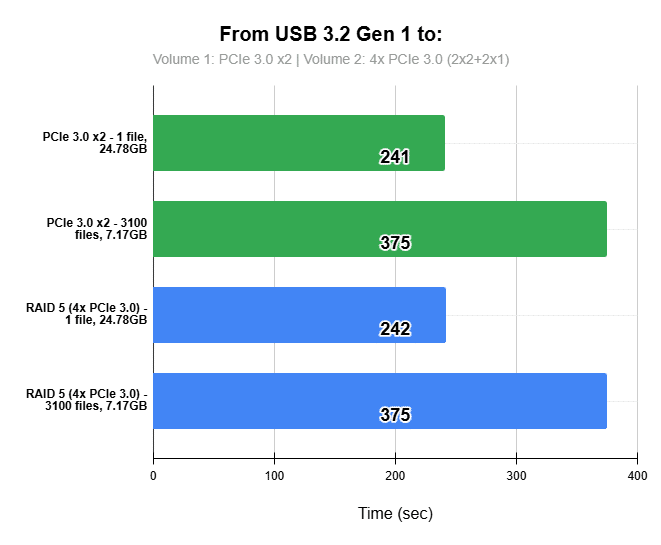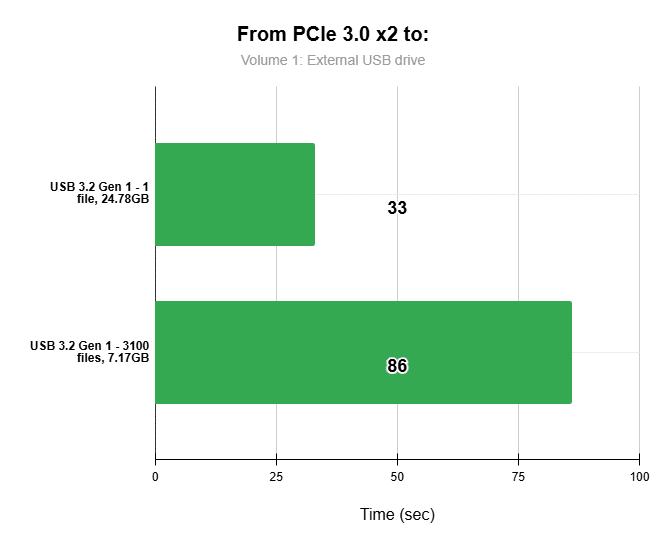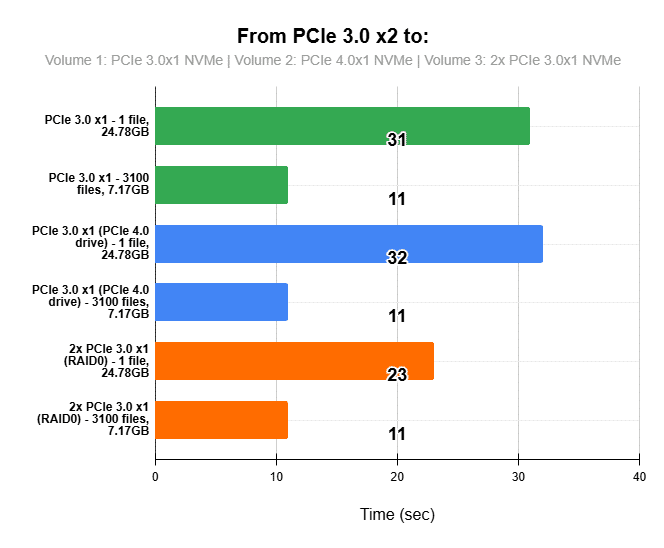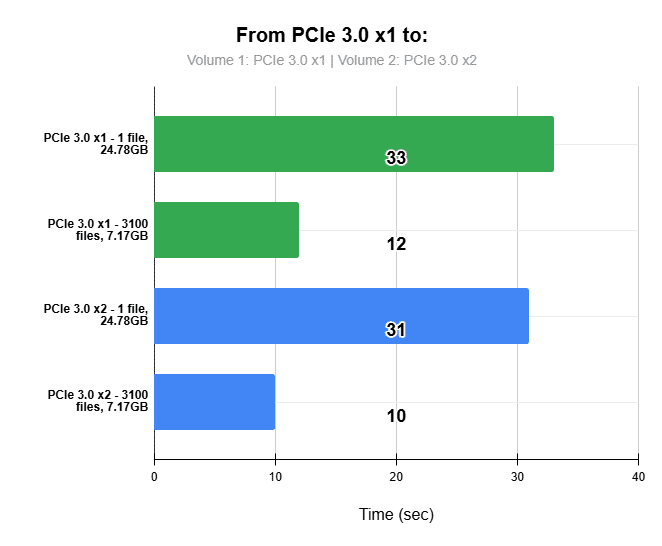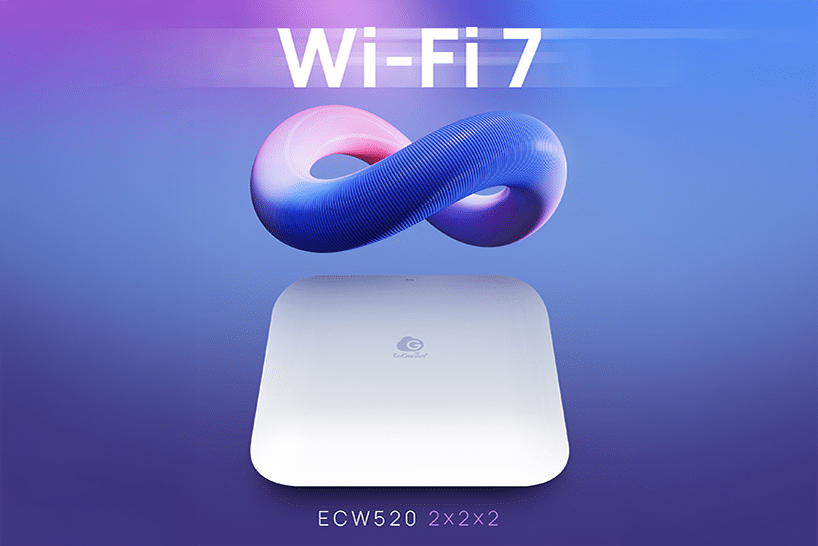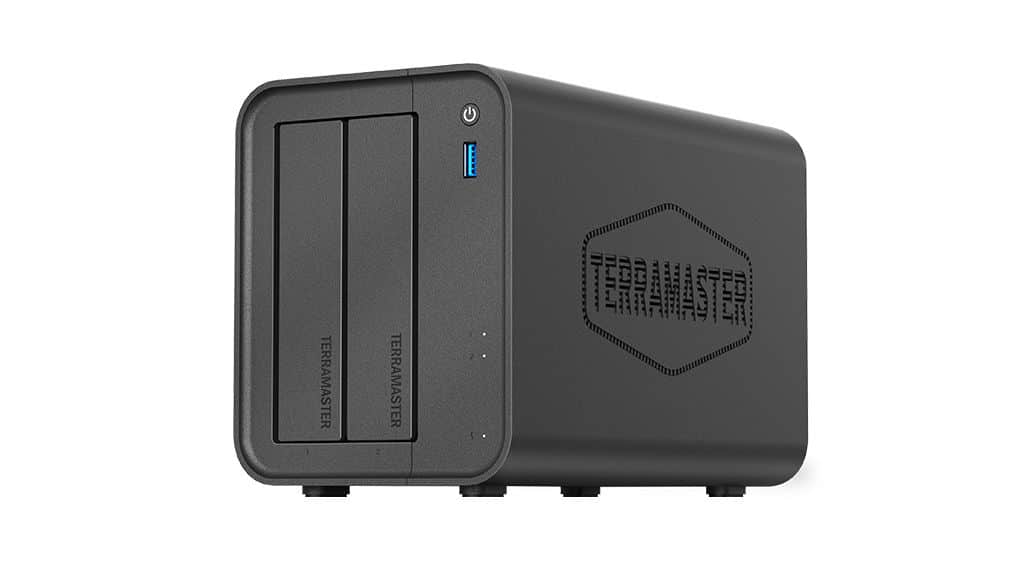Performance
Synthetic Benchmarks
ATTO & Crystal Disk Mark
To evaluate the performance of our NAS setup over a 5GbE connection, we used ATTO Disk Benchmark and CrystalDiskMark to run a series of read and write tests.
To demonstrate that drive type or speed has minimal impact at this network bandwidth, we compared a single drive to a RAID 0 array consisting of two drives. While the RAID setup offered slightly better performance, the improvement was negligible in real-world terms. Long sequential transfers fully saturated the 5GbE link in both directions, while random operations were more challenging, but again, the performance gap between the single drive and RAID setup remained minimal. These results clearly show that at this network speed, the bottleneck is not the storage medium but the network connection itself.
External File Transfers
Since some users may choose to back up their NAS to an external large-capacity drive, or, conversely, back up external drives to the NAS using the USB interface, we considered it essential to evaluate how capable these USB ports truly are.
As evident from our comparison, the type of internal setup used within the NAS has no impact on the speed of file transfers from this specific external USB device. This is because the external device reaches its performance limit well before the NAS does. In this case, the external drive operates at most with half the bandwidth of the NAS’s USB ports. While the NAS features USB ports rated for 10Gbps (USB 3.2 Gen 2), the external device uses USB 3.2 Gen 1, which is effectively limited to 5Gbps, but the limit of the drive is even lower than that of the USB interface.
RAID 5 and NVMe drives are capable of writing large amounts of data much faster than what a USB connection can transfer, so the USB connection is the limiting factor in speed. When dealing with small files, RAID 5 uses striping to divide the data across multiple drives, which improves efficiency through parallel processing. In contrast, a single NVMe drive processes all data by itself. While it offers faster response times and higher maximum performance, it doesn’t gain the same performance improvements from parallelism when working with small files, as RAID 5 does.
We also conducted an additional test. Transferring files in the opposite direction, from the NAS to the external USB device, yields better results. Using an external USB drive to back up your NAS is a practical and acceptable option, given the acceptable transfer speeds achieved in this scenario.
Internal File Transfers
Next, we conducted a series of internal file transfer tests. In the first set, files were moved from a single PCIe 3.0 drive installed in slot one (using an x2 connection) to three destinations: a PCIe 3.0 drive on an x1 connection, a PCIe 4.0 drive on an x1 connection (limited to PCIe 3.0 speeds), and a RAID 0 array consisting of two PCIe 3.0 drives, each installed in x1 slots. As expected, the PCIe 4.0 drive offered no performance advantage over the PCIe 3.0 drive due to the bus speed limitations. The RAID 0 setup, however, delivered slightly better performance, completing large file transfers marginally faster. That said, when transferring a large photo folder, all configurations performed almost identically.
In the final set of tests, we transferred files from a PCIe 3.0 drive on an x1 slot to other PCIe 3.0 drives using both x1 and x2 connections. While there was a small difference in transfer times for both the movie files and the photo folders, the variation was not as significant as we expected.
Additional Performance Metrics
Power Consumption
One of the benefits of using low-power and efficient components together is reduced power consumption. In standby mode, the NAS consumes about 1.6W. During startup, the power draw briefly spikes to around 15W to 19W before settling at 9W when idle and fully populated, with occasional peaks up to 15W.
The Intel N95 processor is built on a highly efficient architecture that delivers solid performance while keeping power usage remarkably low, making it ideal for always-on devices like NAS systems. When paired with NVMe M.2 SSDs, which draw significantly less power than traditional spinning drives, even under load, the F4 SSD can remain cool, quiet, and energy-efficient around the clock.
The included power supply is the KPTEC K48V120400G, which provides 12V at a maximum of 4A, offering a total of 48W. With a USB-C to 5.5mm barrel jack adapter, it’s possible to power the NAS using a power bank, which could be useful for mobile setups or to make use of modern USB-C power sources. It’s a shame this wasn’t implemented natively, but barrel jack power adapters are extremely common and inexpensive compared to integrated USB-C options.
Heat Management
While NVMe drives generally consume less power than HDDs, that doesn’t mean heat isn’t a concern. On one hand, this unit uses only PCIe x1 and x2 lanes, meaning the drives won’t be pushed as hard. On the other hand, a NAS is expected to be powered continuously or at least capable of it, so heat management cannot be ignored.
In this system, the drives are mounted directly in line with the airflow generated by the two bottom-mounted fans, which ensures all drives receive consistent cooling. Unfortunately, the F4 SSD does not include any heatsinks in the box. Users will need to provide their own, opt for SSDs that come with low-profile heatsinks, or run the drives bare (keep in mind that heatsinks must physically fit inside the compact chassis). Interestingly, the F8 variant of this NAS includes heatsinks and rubber bands to help secure them, so it’s disappointing that this more compact unit does not.
In terms of temperatures, in a room with an ambient temperature of 29°C, the SSDs idled between 38°C and 39°C after one hour, with the fans set to automatic. The CPU stabilized at around 42°C. The use of an external power supply also contributes to thermal efficiency by offloading heat generation outside of the NAS enclosure.
Noise Levels
TerraMaster promotes a very low noise level for this NAS in their marketing materials, specifically, 19 dBA. According to their website, they tested this in a room with a 17.3 dBA noise floor, measured at a distance of one meter, with the NAS idle. We’re happy to confirm these claims. In our hemi-anechoic chamber with a background noise floor near 6 dBA and an ambient temperature between 25 and 28 °C, we measured the following results with the NAS placed one meter from the analyzer. TOS gives users the option to select between low, medium, and high fan speeds.
| Noise Level per Fan Speed setting | |
|---|---|
| Full | 24.4 dBA |
| Medium | 18.5 dBA |
| Low | 9.1 dBA |
Boot, Reboot & Shut Down
Boot times are also worth noting, especially for users planning to rely on Wake-On-LAN. The system took approximately 30 seconds to power on from standby. Interestingly, shutdown was nearly instantaneous, taking only a couple of seconds. A full reboot cycle took around 32 seconds.
| Time to… | |
|---|---|
| Boot | 30s |
| Reboot | 32s |
| Shut Down | 2s (approximately) |
